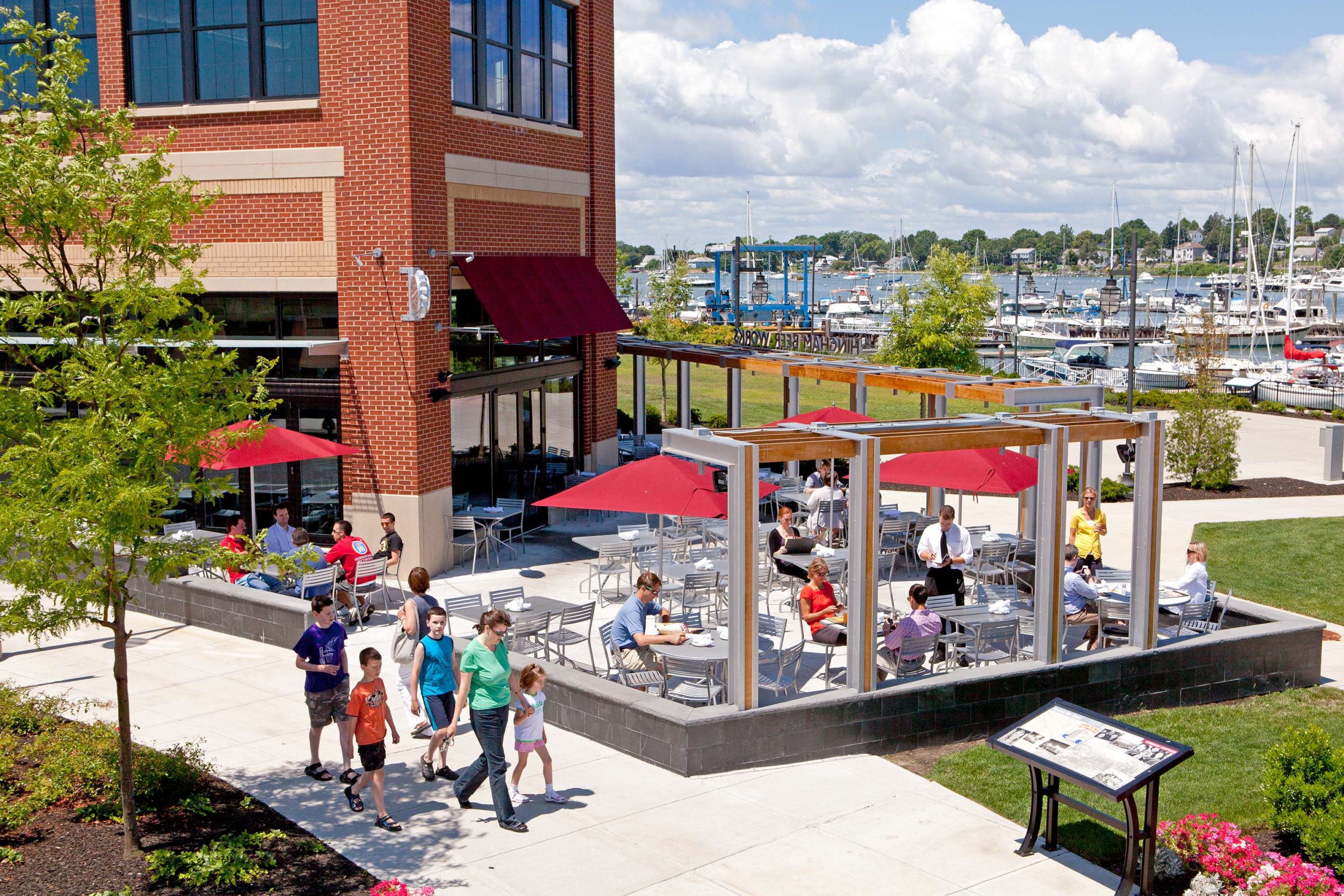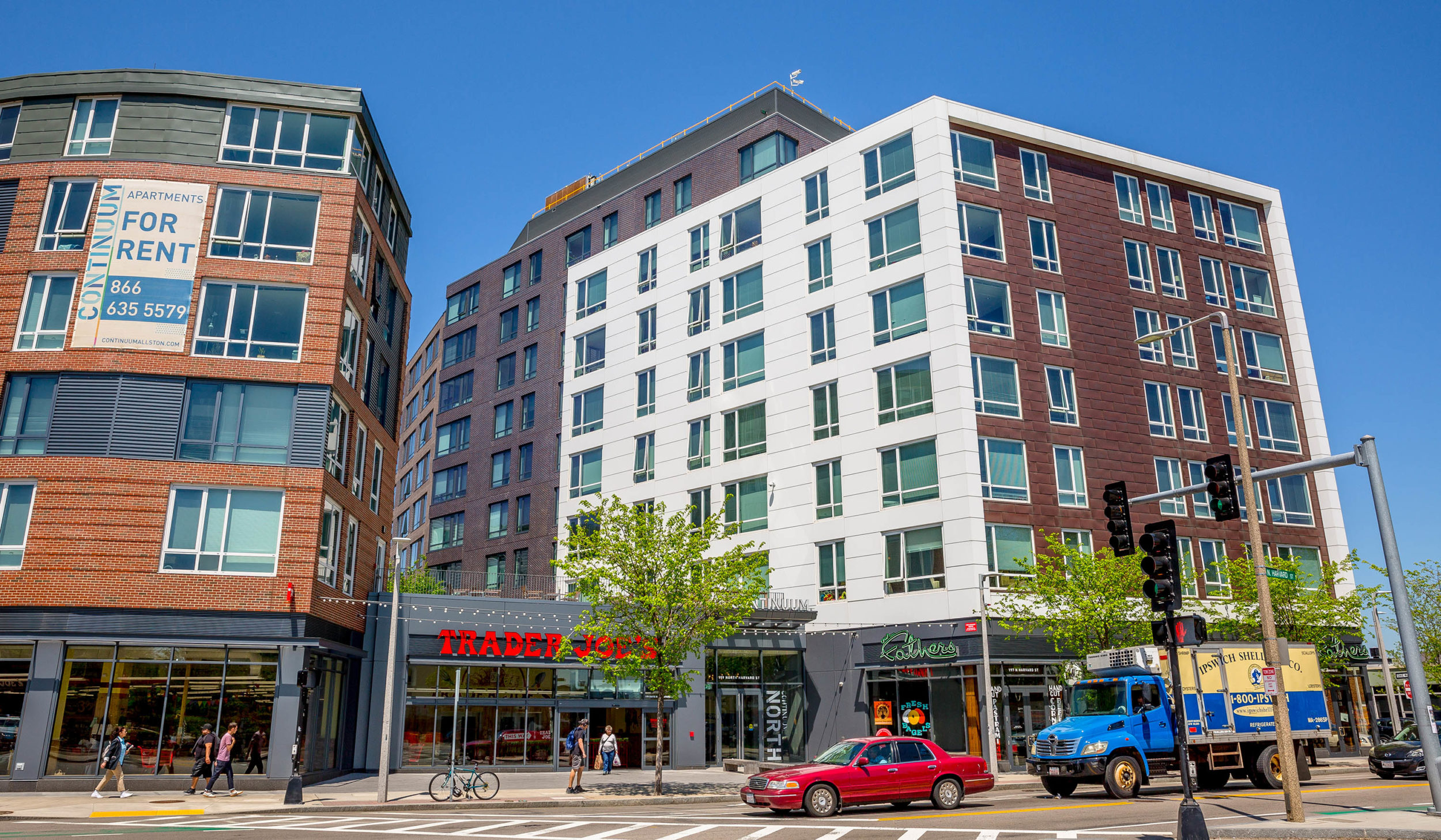LYNN — For decades, the South Harbor site has sat vacant. A key piece of waterfront real estate in the city, developers tried over the years to woo city officials with plans for the parcel, but nothing clicked.
Now, officials say the right proposal has come forward at the right time, providing Lynn a true gateway to the rest of the city, and an opportunity to reclaim the waterfront.
That proposal — an 850-unit, mixed-income apartment complex with a first-floor commercial space — was hammered out over the course of four years between Boston-based developer Samuels & Associates and city leadership.
Next-door neighbor Revere had already seen a glut of apartment buildings spring up along the MBTA’s Blue Line and Revere Beach. Lynn, just up the road from Wonderland and home to a Commuter Rail station, was the logical next place to turn, Samuels President Joel Sklar said.
Perhaps because of what took place in Revere, the city had been preparing for a developer like Samuels to come along — revamping its zoning to embrace, not shun, new developments. It’s no surprise then that the company and the city were able to come to an agreement on the massive, $450 million proposal for the long-vacant site — fittingly just across the bridge from Revere.
For Lynn, turning an empty property into a gateway to the rest of the city, complete with an 8-acre public park, 26,000 square feet of retail and restaurant space, and affordable units, delivered the “wow” it long sought for the waterfront. For Samuels, the project arrived at the right time in the right place.
“We love Lynn because of its proximity to the city, connectivity to the MBTA… and we just think it’s an evolving area that is a great growth opportunity,” Sklar said in an interview. “We like investing in markets that are on the rise… and we like investing and becoming part of a community.”
Well before it set its sights on Lynn, Samuels had a track record of developing projects akin to what it is now undertaking at the South Harbor. In Boston, the company can be credited with a large portion of the redevelopment of the Fenway — with a variety of mixed-use projects in the area, combining both retail and residential, as it will do in Lynn, and office and lab space with retail.
Sklar also pointed to the Hingham Shipyard project, which closely resembles the plans for South Harbor on the commercial and open-space fronts.
“We’re taking elements of work we’ve done before and combining them into this more integrated project,” he said.

For Economic Development & Industrial Corporation of Lynn (EDIC/Lynn) Director Jim Cowdell, Samuels’ experience in undertaking projects similar in size and scope to South Harbor made it the obvious choice when selecting a developer for the site.
“When you look at their reputation, every project has improved the neighborhood they’ve done projects in,” Cowdell said in an interview. “There’s not a city in the state that wouldn’t want Samuels in their community.”
Mayor Jared Nicholson also praised the company’s “really impressive track record,” particularly on the sorts of mixed-use projects eyed for the South Harbor.
“If you’ve seen Fenway over the last 20 years, it’s totally transformed and Samuels was a big part of that,” he said.
The South Harbor site itself was a draw for Samuels, and Sklar echoed comments made by both Cowdell and Nicholson in calling it a gateway to the rest of the city.
Other developments along the Lynnway had created what Sklar called a “thriving community” there, leaving Samuels with the opportunity to tap into a growing area of the city. Even beyond the South Harbor project, the city has poured resources into transforming the Lynnway, between the revival of the ferry connecting Boston and Lynn, and the extension of Blossom Street. That investment has stretched into the city’s downtown, which is increasingly becoming a vibrant destination, a fact Sklar pointed to in explaining Samuels’ interest in Lynn.
Though the Lynnway is not walkable in the same way as Boston’s Boylston Street, where many of Samuels’ Fenway projects are located, Sklar said the company seeks to create a community in and of itself at South Harbor, with a commercial corridor and events at the park — an effort it has had success with in the Fenway.
“We’ve always been retail developers, and retail placemaking is something that we really focus on,” he said. “We have a team… who all work together… to create a vibrant district that will attract the community.”

Cowdell lauded Samuels for its ability to garner community support for projects.
Though Samuels’ track record would indicate that it will have no trouble drawing residents to South Harbor once the project is completed — construction is slated to stretch into the next decade — Sklar acknowledged the challenge before the company.
“It has to be an intentional effort to curate and merchandise a mix of uses that will draw people down there,” he said. “This is not something that we do because it’s a big moneymaker, this is something that really needs to be subsidized by the rest of the project.”
The project has already received site-plan approval from the city, and a City Council vote on the proposed tax incentive for Samuels is expected this month. Most councilors appeared supportive of the project when Cowdell and Nicholson first presented it last month. Cowdell, himself a former councilor, acknowledged the difficulty of voting for a tax incentive but noted that a third-party economic consultant hired by the city verified an incentive was warranted.
Sklar noted that any project of this size, particularly on the waterfront, has a steep economic cost. But, he said the company and the city were able to establish a productive public-private partnership from the beginning.
“We’ve been working together with the city on an open-book basis to understand the economics of the project, the economic impacts and costs, and the amenities that we’re creating, and structured ways to share those burdens and benefits for the best outcome for the community in a way that still allows the project to go forward,” he said. “We can all have great ideas about what we’d love to create for the community, but they have to be economically viable.”
“It’s been a two-way street and a great partnership,” Sklar continued.
It’s that partnership that produced what Cowdell called the single largest private investment in the city’s history.
“We deserve this,” he said.

